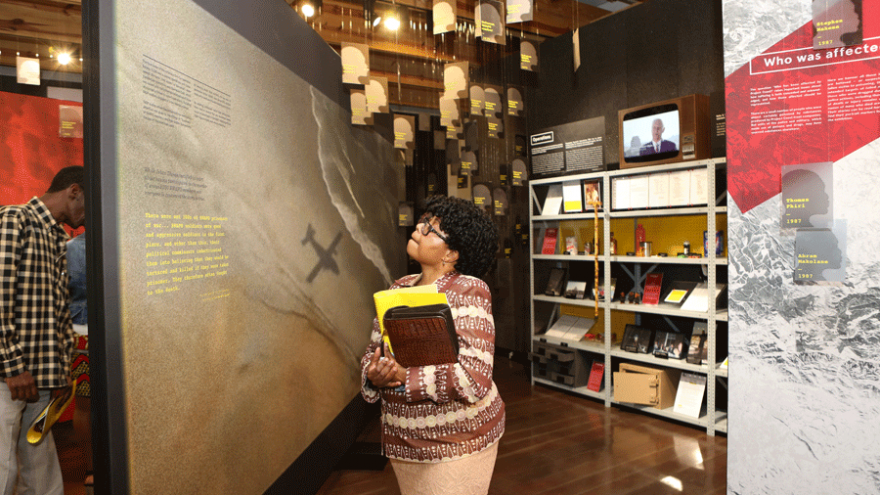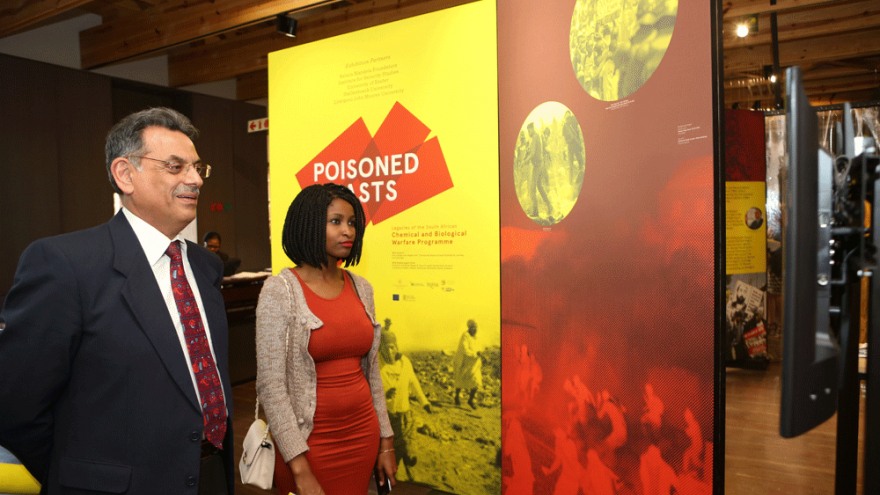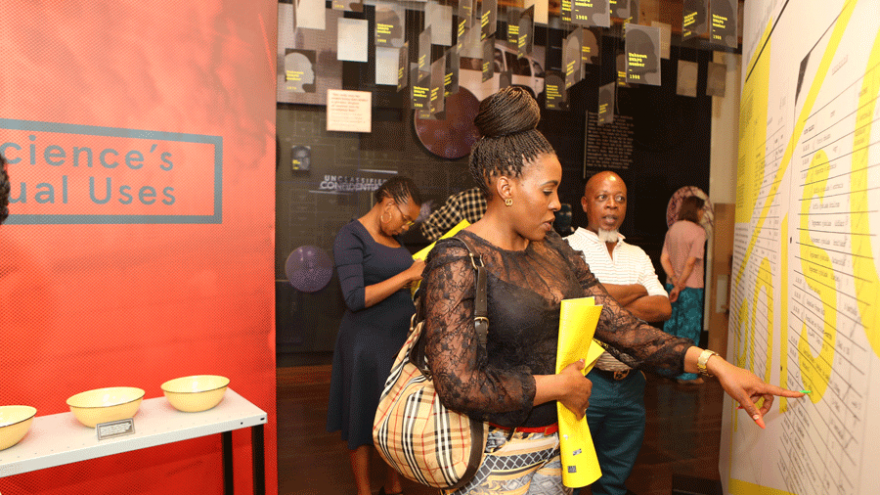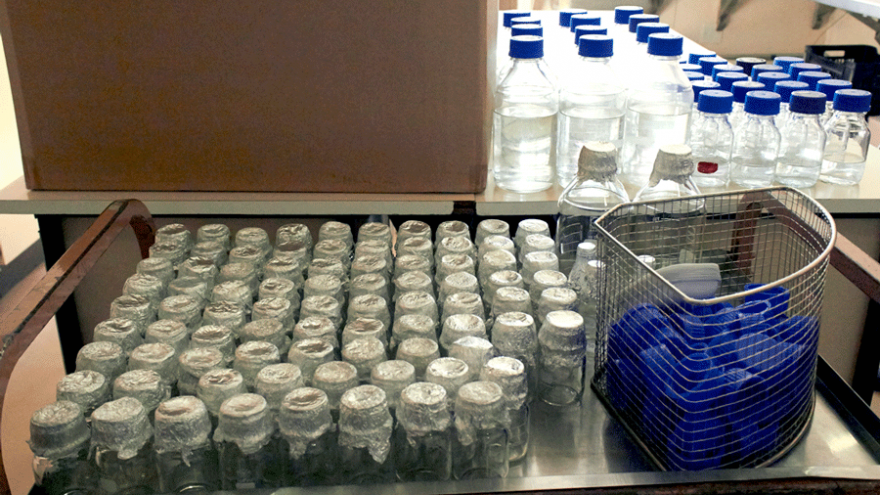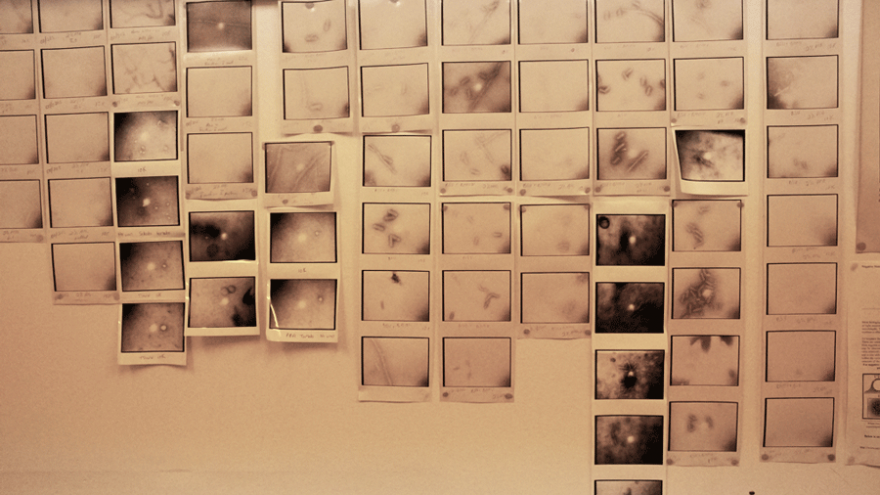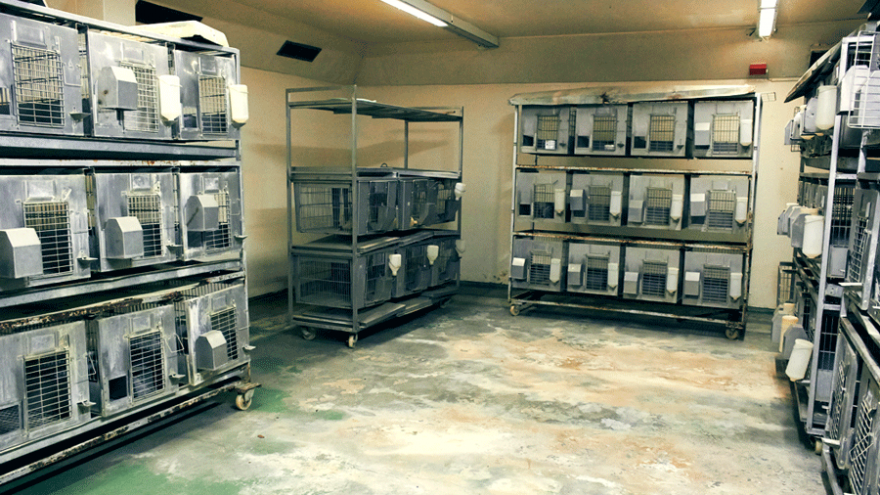Poisoned beer, human experiments, sabotaged tools, traces of anthrax, exploding envelopes and plots of mass murder are just some of the subjects currently under investigation and on display at the Poisoned Pasts: Legacies of the South African Chemical and Biological Programme exhibition in Johannesburg.
It is the shrouded content of Project Coast, Apartheid South Africa’s classified chemical and biological warfare programme that is now under scrutiny. Though much of it remains unknown, curators Kathryn Smith, Brian Rappert and Chandré Gould have collected documents, audiovisual material and chemical samples that lift the lid on Project Coast to some degree.
“The story of Coast is one of subterfuge, doublespeak, espionage fantasies and real violence as much as it is about defensive research and protecting national interests,” Smith has stated.
Poisoned Pasts is meant to raise awareness on the government-sanctioned chemical weaponisation in Apartheid South Africa. It offers an objective view on Project Coast’s problematic and secretive operations during the 1980s as a national defense measure of the old regime.
The display features an account of the deaths of over 200 members of Namibia’s liberation movement SWAPO (South West Africa People’s Organization) who were killed by lethal injection between 1979 and 1988.
“Poisoned Pasts is not an expansive exhibition, but it has been designed with a deliberate density and a nonlinear internal logic that does not seek to ‘choreograph connections’ or ‘overstate juxtapositions’,” Smith emphasised in a statement.
The exhibition will remain open at the Nelson Mandela Foundation in Johannesburg until March 2017.

